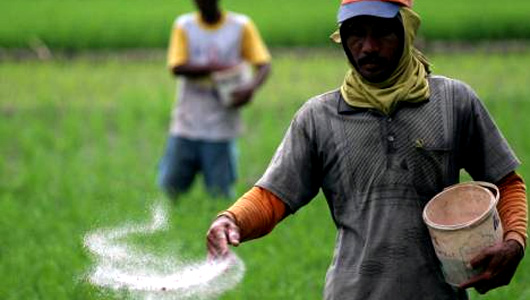Agro-Chemical

The Government of Sri Lanka has introduced a number of policies and programs to increase paddy production since independence. The fertilizer subsidy program is one of the longest-lasting, most expensive, and most politically sensitive policies implemented to promote rice cultivation in Sri Lanka. It was initiated in 1962 (that is, at the onset of the Green Revolution) with the main objective of encouraging farmers to switch from traditional rice varieties to high-yielding varieties (HYVs) that are highly responsive to chemical fertilizers. Since then, however, the provision of the subsidy has become customary, and successive governments have been under tremendous pressure to continue the subsidy despite budgetary constraints.

